The clearance of cars via Nigerian ports may be challenging. There are a number of things to watch out for when clearing your car from a Nigerian port, including unapproved fees and protracted processing times. Despite the fact that the country imports hundreds of thousands of cars annually, the billion-dollar industry is not always the most straightforward. You’ll need to be equipped to deal with a number of challenges, such as the system’s inefficiency and some officials’ intolerance.
You should be informed of the processes, prices, and expectations when clearing an automobile in the port of Nigeria for these reasons.
How To Clear A Car From A Nigerian Port
1. Get the bill of lading first.
Your international shipping agent will provide you with the bill of lading. The paperwork, which takes the form of a receipt, will be issued by the shipping company or cargo carrier to confirm that the desired vehicle has been loaded onto their ship. The bill of lading includes all the information about the car, including its name, brand and model, weight, VIN, year of manufacture, etc.
If you choose to “Print at Destination,” which will print a copy of the bill in Nigeria, this document can be forwarded to you by email or courier services like DHL and FedEx.
2. Request an assessment of the import duty.
Applying for an import duty valuation through recognized clearing firms is required. One of the riskiest parts of the clearing process is that the clearing agency can decide whether the subsequent procedures will be simple or complicated. Select a business that holds the appropriate registration and licensing to provide client clearing services.
A copy of the bill of lading will be attached to an application that the clearing agency will send on the letterhead of their company. The Nigeria Customs Service will receive this. The value of the car will be established in response to the application letter. The surface duty, which is 35% for used vehicles and 70% for new vehicles, is calculated using this. Please note that taxes, terminal fees, and shipping charges are not included in this rate.
3. Fill out the custom serverer with the valuation.
Once the valuation has been retrieved through the custom command, the information must be entered into the custom server. Punching, or Direct Trader Input (DTI), is the term used to describe this.
Only the same registered agency that used the letterhead paper for the vehicle valuation may perform this action. The tax identification number of the consignee will now be requested.
Once finished, print the Single Goods Declaration Form, DTI, or Assessment Notice (SGD). The transaction, the vehicle’s make and model, and its contents are all described in the SGD.
4. Shipping within the industry
You need to present all of your papers in order to get the car freed. In addition to the original signed bill of lading, an exit copy, SGD, and a signed copy of the consignee’s identification (such as an international passport, a driver’s license, or a national ID), these items must be submitted.
The necessary paperwork, Form C30, that permits clearing agencies to function may be requested from you. This should be presented together with a letter of authorization from the organization whose data was used to file for value. You will be required to pay shipping and terminal costs after these documents have been examined.
5. A further simple step is the customer service sign gate.
At the gate, sign up and register. You must hand over both the shipping company’s exit copy and the special release documentation. Prior to stamping and signing the document, they will examine it and make sure the duty was paid.
6. Compile TDO (Terminal Delivery Order)
You must provide a copy of the signed ate document and the shipping company’s payment receipt in order to obtain the TDO.
7. The ground floor will be where the vehicle is delivered.
The car can be taken to the open floor and given the go-ahead to pass through the last gate by presenting the necessary documents.
Conclusion
The process takes a lot of time and could significantly raise the price of buying a car. Instead of importing a car yourself, you might want to consider shopping directly from car dealers.


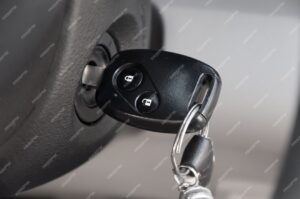
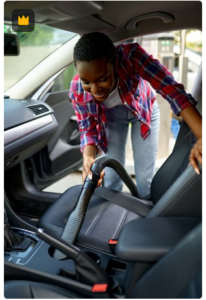

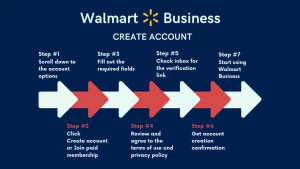
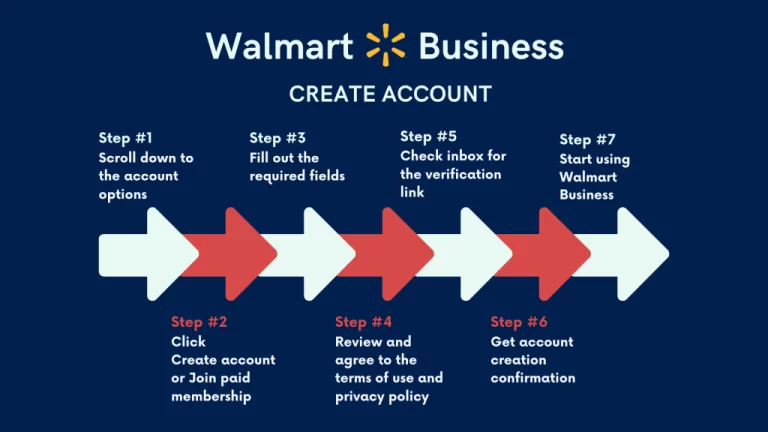

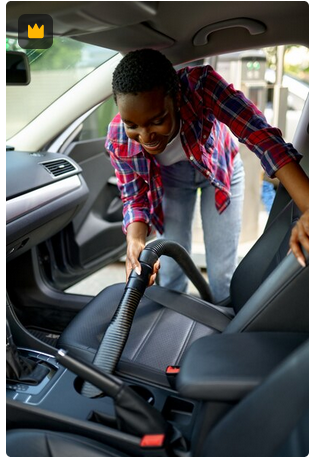
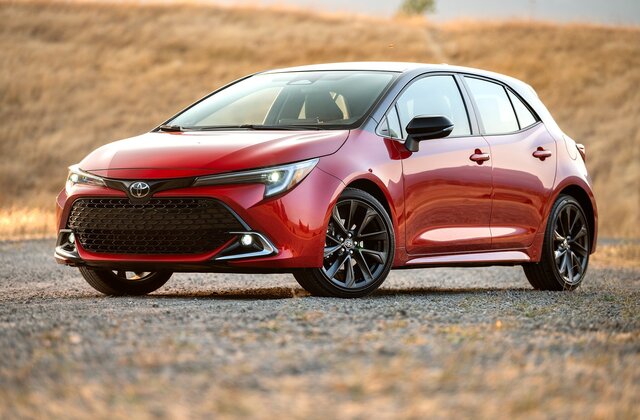


+ There are no comments
Add yours